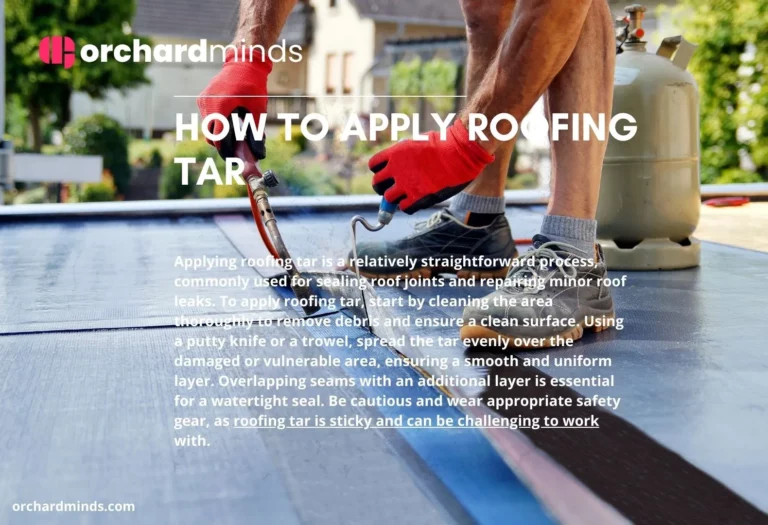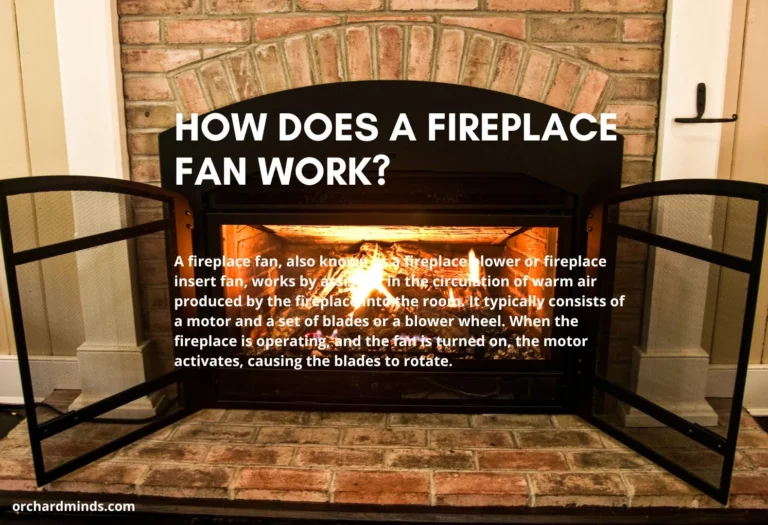How to seal a brick chimney? Are you tired of dealing with a leaky brick chimney? Sealing your chimney can be a simple and effective solution! Let us guide you through the process and help you keep your home dry and cosy.
To seal a brick chimney effectively, start by cleaning the chimney’s exterior to remove dirt, debris, and any loose mortar. Once clean, check for cracks, gaps, or deteriorated mortar joints, which should be repaired using a suitable mortar mix. After repairs, apply a brick or masonry sealer using a paintbrush or sprayer to protect the chimney from moisture and the elements. Be sure to choose a sealer designed for masonry surfaces. The sealer will create a protective barrier that prevents water penetration while allowing the brick to breathe. Properly sealing a brick chimney helps maintain its structural integrity and appearance while preventing water damage and prolonging its lifespan.
Why Seal a Chimney?
Sealing a chimney is a crucial maintenance task for several compelling reasons:
- Water Protection: Chimneys are exposed to the elements and can be particularly vulnerable to water damage. Sealing the chimney with a quality masonry sealer forms a protective barrier against rain, snow, and moisture. This prevents water from penetrating the chimney structure and causing various problems, including spalling (surface deterioration) and damage to the interior flue liner. Water damage can lead to expensive repairs and, in severe cases, structural issues.
- Preventing Freeze-Thaw Damage: In regions with cold winters, the freeze-thaw cycle can be detrimental to chimneys. When water seeps into the porous masonry and then freezes, it expands and exerts pressure on the brick-and-mortar. This cycle can lead to cracks, crumbling mortar, and brick displacement. Sealing the chimney helps mitigate these issues by minimizing water infiltration.
- Extending Lifespan: By protecting the masonry from water damage and freeze-thaw cycles, chimney sealing can significantly extend the lifespan of the chimney. This preservation not only reduces repair and maintenance costs but also ensures the safety and integrity of the chimney over the long term.
- Improving Energy Efficiency: Unsealed chimneys can allow drafts and air leakage into the home, impacting the energy efficiency of heating and cooling systems. Proper sealing can help reduce these air leaks and improve the overall energy efficiency of the home, resulting in energy cost savings.
- Enhancing Appearance: Sealing a chimney can also enhance its appearance by deepening the colour of the bricks and providing a glossy finish. This not only contributes to the curb appeal of your home but also adds to the overall aesthetics of the chimney.
- Reducing Maintenance: Sealing the chimney reduces the need for frequent repairs and maintenance, which can be costly and time-consuming. With a properly sealed chimney, you can enjoy a low-maintenance structure that requires minimal attention and upkeep.
How to Clean and Seal Interior Brick in 4 Easy Steps!
1. Brush & Vac:
Begin the process of cleaning and sealing interior brick by using a stiff brush and a vacuum. Brush away loose dirt, dust, and cobwebs from the surface. Vacuum up the debris to ensure a clean working area.
2. Wire Wheel (+ Vac): For deeper cleaning, especially if the brick has years of grime and soot buildup, consider using a wire wheel brush attachment on a drill or grinder. This can help remove stubborn residues. Again, be sure to vacuum up the loosened debris.
3. Spray Cleaner + Brush Again: Apply a suitable brick or masonry cleaner to the surface and scrub it with a brush. This step helps to remove any remaining dirt, soot, or stains. Rinse the area thoroughly and allow it to dry completely before proceeding to the sealing step.
4. Seal (+ Additional Coats if Needed): Apply a brick or masonry sealer to the cleaned surface. The sealer should be chosen based on your desired finish, whether it’s a natural look or a glossy appearance. Apply the sealer evenly, and if additional coats are needed to achieve the desired effect or for added protection, follow the manufacturer’s instructions for drying times between coats. Sealing the interior brick helps protect it from stains. It makes it easier to clean in the future while preserving its appearance.
FAQs about How to seal a brick chimney
Why should I seal my brick chimney?
Sealing a brick chimney helps protect it from water damage, freeze-thaw cycles, and staining, prolonging its lifespan and preserving its appearance.
Can I seal my brick chimney myself, or should I hire a professional?
Sealing a brick chimney is a task that a homeowner can do with DIY experience. However, hiring a professional can ensure a thorough and effective seal, especially for complex or larger chimneys.
What type of sealer should I use for my brick chimney?
The choice of sealer depends on your desired finish. Common options include water-based sealers for a natural look and solvent-based sealers for a glossier appearance. Consult with a professional or follow the manufacturer’s recommendations.
How do I prepare my brick chimney for sealing?
Preparing the chimney involves cleaning the surface, removing dirt and debris, and ensuring it’s dry. Minor repairs, such as fixing cracks or replacing damaged mortar, should be addressed before sealing.
How many coats of sealer should I apply to my chimney?
The number of coats depends on the type of sealer used and the desired level of protection. Typically, one or two coats are sufficient. Still, you may choose to apply additional coats for added protection or a different finish.
Can I seal a brick chimney in cold or rainy weather?
Sealing should be done in moderate weather conditions, ideally when it’s dry and not too hot or too cold. Extreme weather can affect the sealer’s performance.
How long does a sealed chimney last before a reapplication is needed?
The lifespan of a sealed chimney can vary depending on factors like weather exposure. It’s not a permanent solution, and reapplication may be required every few years, as indicated by the sealer manufacturer.
Will sealing my chimney affect its appearance?
Sealing a chimney can enhance its appearance by deepening the colour of the bricks and providing a glossy finish, which can be chosen based on your preferences.
Can sealing a chimney improve energy efficiency?
Sealing the chimney can help reduce air leakage and drafts, potentially improving the energy efficiency of your home by preventing heat loss.
What are the common mistakes to avoid when sealing a brick chimney?
Common mistakes include not adequately cleaning the surface, failing to address necessary repairs, using the wrong type of sealer, or applying sealer in unsuitable weather conditions. Consulting a professional or following best practices can help prevent these errors.




Leave a Comment